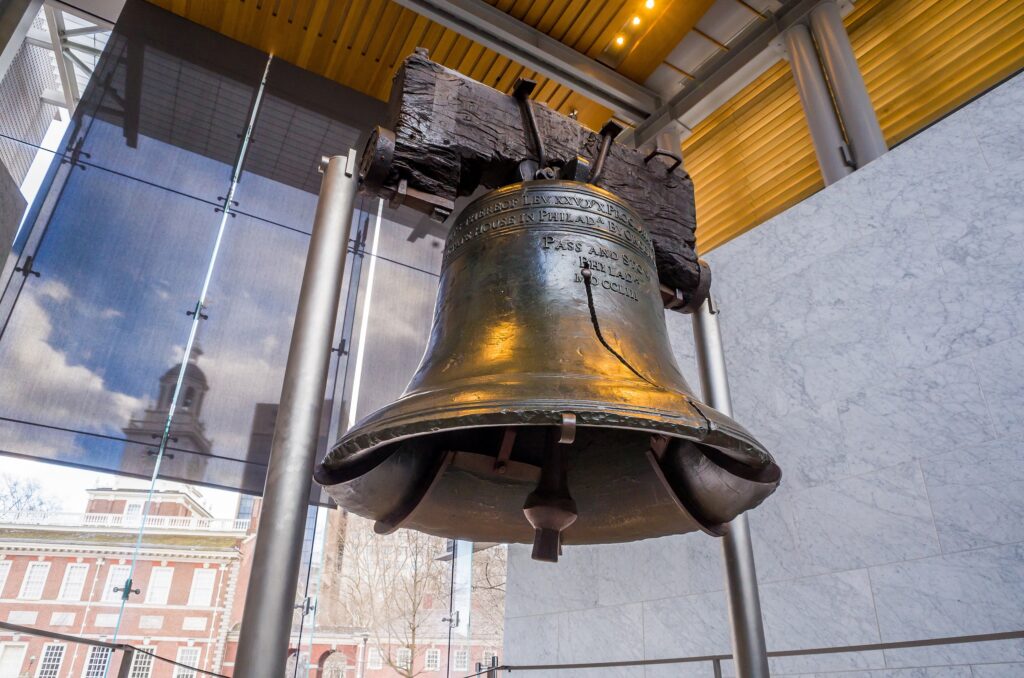Is Junk DUI Science Sending Innocent Georgians to Jail?
There have been over 300,000 DUI convictions in Georgia over the last ten years, but new evidence suggests that many of these individuals, who had their lives turned upside down, may have been innocent. In a recently published exposé, The New York Times revealed critical problems with what has long been considered hardened DUI forensic science.
Per the report, many convictions may have stemmed from faulty technology. But to make matters worse, this technology has largely been shrouded in secrecy, which limits defendants’ ability to challenge the veracity of the tests. While law enforcement has a duty to keep the streets safe, they must operate with more transparency and rely on credible forensic science that’s open to independent testing to verify the validity of DUIs.
“For years, defense attorneys have expressed concerns over the methods used to convict those accused of driving while impaired,” says Marietta lawyer and former police officer William J. McKenney. Attorneys have claimed that the machines are seriously flawed. They also challenge the application of something known as Henry’s Law, which is the foundation upon which the testing regimen is based. Yet despite their protests, for years, the courts have mostly disregarded their objections, but that may be changing.
Tens of thousands of alcohol breath tests, similar to the ones used in Georgia, have been thrown out across the nation in just the past year. One Pennsylvania judge even admitted that it is “extremely questionable” whether the supposed tried-and-true alcohol tests could withstand serious legal scrutiny. In the end, while The New York Times’ investigative piece primarily focused on states other than Georgia, the Peach State could be just as susceptible to these issues as anywhere else.
For those unfamiliar with DUIs, the process usually happens like this: An officer pulls over a suspected drunken driver, gives them a field sobriety test, and administers a portable alcohol breath test. However, the resulting alcohol score is not admissible in court. Nevertheless, if the suspect fails the test, the officer will take the accused to the station to receive a court-admissible test that measures the alcohol vapor expelled from the lungs. The results are then used as proof of guilt.
The problems with this system begin with the application of Henry’s Law , which, as applied to DUI forensic science, states that alcohol content can be measured if the solution is in a sealed container and held at a constant temperature. Alcohol testing machines rely on Henry’s Law to detect and measure alcohol vapor in the accused’s lungs. “However,” McKenney says, “lungs aren’t closed containers, nor do they necessarily remain at constant temperatures.”
Moreover, the technology itself may be woefully imperfect. The Times revealed that the machines often aren’t well-maintained or properly calibrated — sometimes reporting blood alcohol content that’s 40 percent too high. In some cases, officials have even used homemade alcohol-detecting chemical compounds in the devices that threw off the results. What’s more, experts have discovered software bugs in some of the machines.
Cobb County Chief Assistant Solicitor Chris Lanning asserts that he’s not “aware of” any such errors or anomalies in Cobb County. He also disclosed that Cobb’s devices are regularly and professionally maintained. “The Department of Public Safety calibrates all machines in the state once per quarter,” he adds, and it runs a “calibration on the machine[s]” to “confirm [that they are] in working order.”
So how reliable are these devices when they are expertly maintained? The manufacturers claim that they are highly accurate and that all bugs have been corrected. Yet this is nearly impossible to know for certain because it is exceedingly difficult for civilians to obtain permission to conduct independent testing. Defense attorneys can request and usually will receive basic information about the instruments, including when they were last serviced, but that’s about it. The public, therefore, must simply take the government’s word for it when officials claim that the machines are working properly.
There’s plenty of cause for concern. “In my mind,” McKenney observes, “The New York Times’ findings and issues surrounding Henry’s Law create enough reasonable doubt to question the validity of many DUI convictions.”
The problems cut both ways too. Innocent people risk going to jail, while genuinely drunk drivers could get off scot-free. In an effort to prevent these outcomes, such devices should be made available for broader third-party testing. Until they are, there’s a distinct possibility that juries may not know who is actually driving under the influence.








